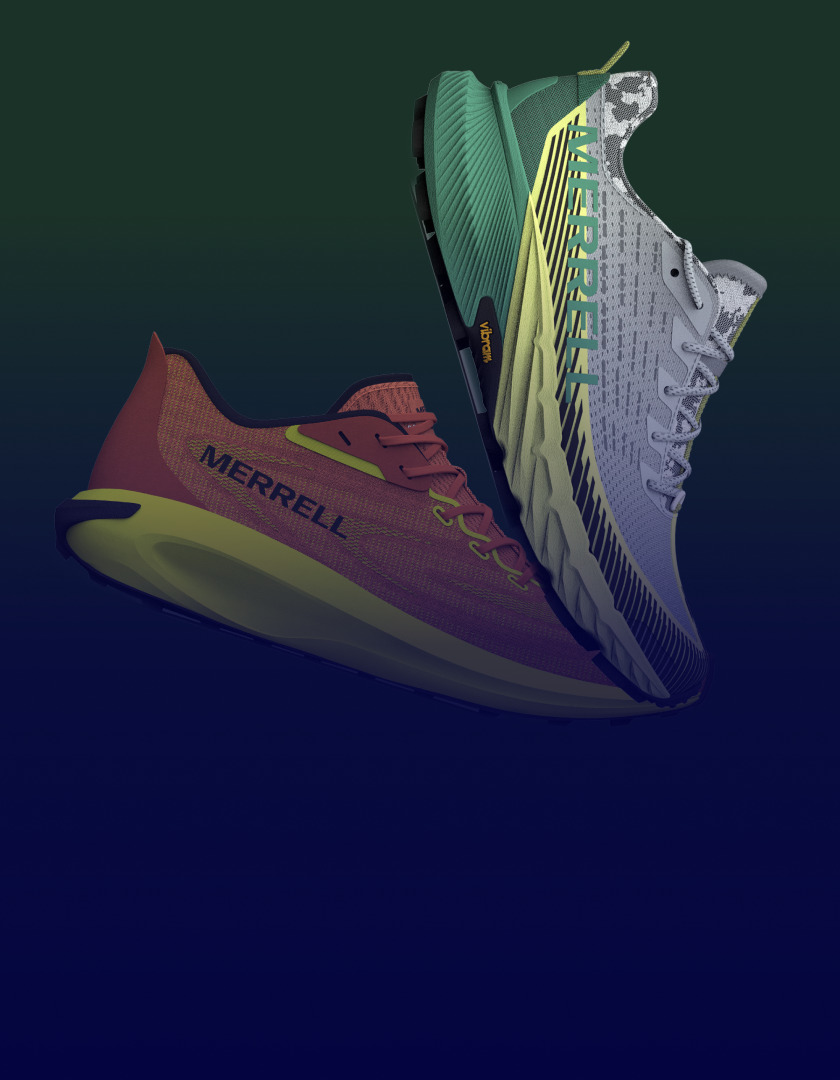What is a BOM (Bill of Materials)?

What is a BOM (Bill of Materials)?
In the world of manufacturing, a BOM (bill of materials) is a crucial document that outlines the components, parts, and raw materials needed to produce a product. Whether you’re assembling a sustainable fashion product or a new line of clothing, a well-constructed BOM ensures that the process runs smoothly and efficiently from start to finish.
In this article, we will dive into what makes up a BOM, why it’s important, and how effectively managing a bill of materials using PLM (product lifecycle management) software can lead to success for sustainable fashion brands and retailers.
The Importance of a BOM
A BOM is a detailed list of all the materials, components, and sub-assemblies required to produce a product. It acts as a comprehensive guide for the production team, ensuring that every necessary item is accounted for and available when needed.
The importance and benefits of a BOM include:
- Accuracy in production: A BOM ensures the correct components are used, reducing errors and ensuring the final product meets specifications.
- Cost management: A BOM helps budget and estimate costs by detailing all required materials, preventing unexpected expenses.
- Inventory management: BOMs assist in inventory control by clearly identifying what materials need to be stocked.
- Efficiency: Streamlining the production process with a well-structured BOM minimizes delays and increases productivity.
- Compliance: Ensuring that all materials and components meet regulatory standards is easier with a detailed BOM.
- Sustainability: BOMs contribute to sustainability goals by identifying eco-friendly materials and practices, promoting a circular economy.
A BOM is essential for efficient and accurate manufacturing. It allows sustainable fashion brands to identify and price all necessary elements and processes before production begins. This proactive approach minimizes risks, ensuring everything is in place for smooth production.
With an effective BOM, brands can reduce the likelihood of material shortages or overages by maintaining the right quantities of fabrics or materials at the right time. This helps manufacturers stay within budget and on schedule.
BOMs are particularly valuable for fashion brands working with contract manufacturers, ensuring the final product meets specifications and fostering strong vendor relationships. Mistakes cost time and money, so accurate BOMs are crucial to avoid sending incorrect data to vendor partners.
Finally, BOMs contribute to sustainability goals. By using reverse BOMs, companies can identify how waste from manufacturing can be repurposed into new, profitable products, promoting a circular economy and reducing environmental impact.
Components of a BOM
The key components of a typical BOM can vary widely by industry, product, and company. In fashion, a typical BOM may include key components like:
- Fabric: weight, width, color, pattern, supplier information
- Trims and notions: thread, zippers, buttons, labels
- Accessories: lining materials, pockets, padding, embellishments
- Pattern pieces: details and specs for pattern cutting and assembly
- Packaging materials: poly bags, boxes, hangers
- Hardware: buckles, hooks, snaps, rivets
- Quantities: number of each item required for product
- Measurements: specific data for lengths, widths, diameters
- Costs: cost of each component
- Supplier information: contact and part number information for various suppliers
- Description: additional details, notes or instructions for various components
Types of BOMs
Not all BOMs are the same, and different industries and manufacturing processes require different types of BOMs. Here are some common BOM types:
- Engineering BOM (EBOM): Used in product design, it lists components from an engineering perspective.
- Manufacturing BOM (MBOM): Focused on the manufacturing process, detailing how components are assembled.
- Sales BOM (SBOM): Used in sales processes, it includes items sold together.
- Single-Level BOM: Lists only the top-level assembly and its components.
- Multi-Level BOM: Shows the hierarchy of components, including sub-assemblies and their components.
BOMs are commonly used in:
- Manufacturing: Essential for planning and executing product manufacturing workflows.
- Engineering: Assists in designing products and ensuring all parts are accounted for.
- Sales: Assists in creating sales kits or bundles.
There are also summary BOMs, which provide a high-level overview of components, and structured BOMs, which offer a detailed, hierarchical breakdown of components.
Challenges in BOM Management
BOM management can be a complex and demanding task due to various factors. Here are some of the primary challenges encountered when making and managing BOMs.
Complexity and Scale
As products become more intricate and sophisticated, BOMs can grow in complexity. Managing a BOM for a complex fashion products can require in-depth tracking of components, suppliers and vendors. This complexity increases the risk of errors and omissions, making meticulous attention to detail crucial.
Frequent Changes
Fashion product designs are rarely static; they evolve through the development lifecycle. Design changes, engineering modifications, and updates to component specifications require constant revision of the BOM.
Keeping the BOM up-to-date with these changes is challenging and can lead to inconsistencies if not appropriately managed. Even minor errors in updating the BOM can lead to significant production issues, delays, and cost overruns.
Accuracy and Consistency
Ensuring the accuracy and consistency of the BOM is critical. Only accurate BOMs can result in the right parts being ordered, leading to production delays, increased costs, and potential quality issues.
Maintaining consistency across various departments—such as engineering, manufacturing, and procurement—is essential to prevent miscommunications and discrepancies.
Collaboration and Communication
Effective BOM management requires seamless collaboration and communication between multiple departments and stakeholders. Manufacturing teams, procurement departments, and suppliers must be aligned and have access to the most current BOM data.
Miscommunication or lack of collaboration can result in errors, delays, and increased costs.
Data Integration
BOMs often need to integrate with other systems, such as Product Lifecycle Management (PLM), Enterprise Resource Planning (ERP), and Manufacturing Execution Systems (MES).
Ensuring smooth data integration and managing the flow of information between these systems can be challenging. Inadequate integration can lead to data silos, redundant information, and inefficiencies.
Regulatory Compliance
In the sustainable fashion industry, compliance with regulatory standards and certifications is mandatory. BOMs must include detailed information to ensure products meet these standards. Managing compliance data within the BOM adds an additional layer of complexity, requiring precise documentation and traceability.
Cost Management
Accurately predicting and managing costs associated with the BOM is critical for staying within budget. However, material cost fluctuations, supplier pricing changes, and unforeseen expenses can complicate cost management.
BOM FAQs
BOMs are used for various purposes, including planning production and assembly processes, estimating costs and budgeting, managing inventory and procurement, and ensuring compliance with standards and regulations. BOMs are used in all different industries to create a range of products.
A BOM can improve inventory management by providing a company with the exact list of materials and assemblies needed to manufacture (or repair) a product. They can also assist inventory management by:
- Helping maintain optimal inventory levels
- Preventing stockouts and overstock situations
- Facilitating timely procurement of materials
Every industry and manufacturer follows different protocols for creating and managing BOMs. In general, managing a BOM includes:
- Identifying all components and raw materials
- Assigning unique part numbers and descriptions
- Determining quantities and units of measurement
- Regularly updating the BOM to reflect changes and feedback
- Collaborating with different departments to ensure data accuracy
BOM records are usually created by product designers. These professionals design the product and specify all the components needed. They collaborate closely with manufacturing, procurement, and supply chain teams to ensure the BOM accurately lists all required materials for production.
Sometimes, other professionals, such as technical writers, project managers, or quality assurance specialists, also contribute to preparing BOM records. Their involvement ensures that all aspects of product development and manufacturing are accurately documented and managed.
Using PLM Software for Effective BOM Management
Product lifecycle management (PLM) software offers a comprehensive solution for managing BOMs effectively in the sustainable fashion industry.
PLM software improves product development and manufacturing by offering:
- Centralized data management: Storing all BOM data in a single, accessible location.
- Version control: Keeping track of changes and updates to the BOM.
- Collaboration tools: Facilitating communication and collaboration between departments.
- Integration with other systems: Integrating with ERP, CAD, and other systems for seamless data flow.
- Compliance and traceability: Ensuring compliance with standards and providing traceability of components.
- Improved inventory control: Enhancing efficiency and profitability in product development and production.
Making changes to the BOM in Excel for 30 to 50 different styles. Then, in a separate place, we were making changes to the measurements.
A well-structured BOM is essential for the successful production and assembly of sustainable fashion products. By understanding the components, types, and challenges of BOM management and leveraging Centric PLM software, sustainable fashion brands can streamline their processes, reduce costs, and improve efficiency.










The tech packs for the Badlands jacket is 30 pages long with over 200 items in the BOM and 5 colourways. You’re managing 1000 different things in that style to make sure production is done correctly. Something that would be impossible to manage without Centric PLM.